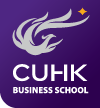Alumni Industry Series|Patrick Chan (MScITM 2017): GenAI redefining the smart city vision
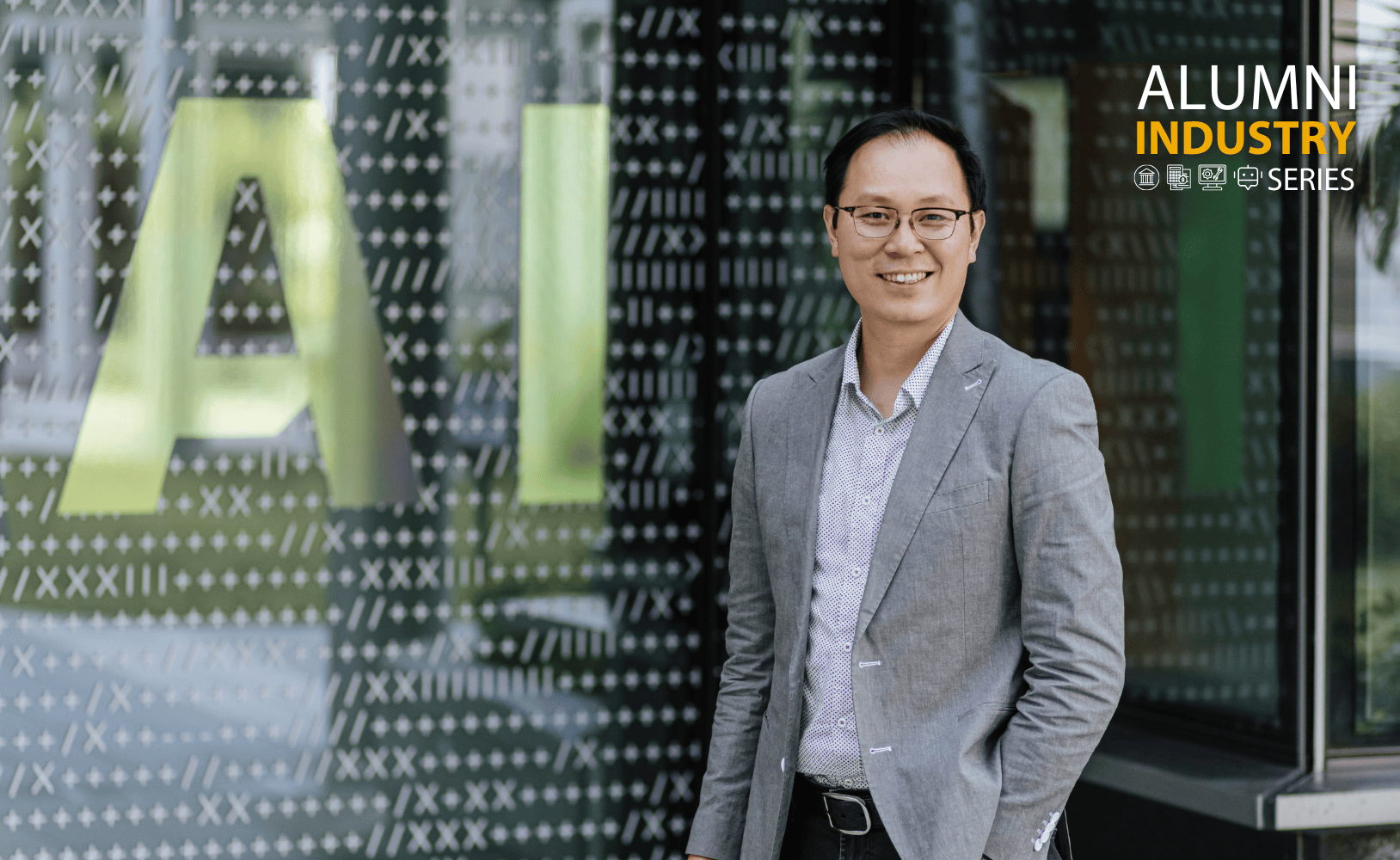
As artificial intelligence (AI) continues to integrate into both work and daily life, once far-fetched ideas — from real-time traffic coordination to smart sensing and generative AI (GenAI)robotics — are rapidly becoming reality. Patrick Chan (MScITM 2017), industry solutions architect at a multinational technology company, notes that GenAI’s self-learning capabilities are accelerating application development. He emphasises that GenAI is not merely a tool, but when integrated with infrastructure, serves as a new powerful engine driving the future of smart city innovation. Having worked in the IT industry for many years, Patrick now specialises in smart city development across various regions. His role requires constant collaboration with government bodies, commercial enterprises, and technical partners to co-create customised smart city solutions that cater to local needs. He likens his work to that of a “designer and renovation contractor” for existing properties: “Unlike new constructions that start from scratch, every city comes with its own scale, constraints, and legacy systems. My job is to build upon existing foundations and craft solutions that are both appropriate and practical.” Over the past decade, Patrick has witnessed a significant evolution in smart city initiatives. What once centred on digital infrastructure and e-government services has now shifted towards people-centric design, focusing on engagement, connectivity, and user experience. He cited examples such as the use of AI-driven real-time analysis to monitor traffic flow and dynamically adjust traffic light timings, thereby improving efficiency for both vehicles and pedestrians and significantly easing congestion. Public services, too, have evolved — from laborious, paper-based processes to streamlined, one-stop digital platforms that save citizens considerable time and effort. Looking ahead to the next decade, Patrick believes that GenAI, the Internet of Things (IoT) and cloud computing will become key pillars in the advancement of smart cities. “GenAI is no longer merely a tool. It acts as a tireless urban assistant, capable of self-learning and responding swiftly to emerging needs. For instance, the development cycle for a prototype can be shortened dramatically, from six months down to just one.” With the growing synergy between GenAI, IoT and cloud computing, he anticipates that AI will become more sensible & gain a deeper understanding of human thought processes, enabling increasingly seamless real-time interactions between humans and AI. He expects that, more robotic applications will be integrated into daily life whether online or in physical environment , including the possibility of household robots taking over domestic tasks traditionally carried out by human helpers, thereby enhancing quality of life. Beyond technological advancement, he highlights the critical importance of collaboration across sectors. He refers to the cooperation among government, industry, academia, research institutions and investors as essential to guiding the future development of smart cities. Taking urban traffic as an example, he explains that when central business districts (CBD) suffer from severe congestion, the response should not rely solely on smart traffic lights. Governments can also address the issue through city planning, such as decentralising business districts to spread out traffic flow or encouraging companies to adopt flexible working arrangements, thereby reducing the need for daily commuting. Patrick readily admits that he is learning constantly. Every client and every city presents a distinct set of needs, and each project brings its own constraints and complexities. With technology evolving at a relentless pace, he must continually adapt and stay ahead of the curve. For him, the most rewarding aspect of his work lies in seeing a concept come to life — when a solution is not only implemented but begins to transform a city in real, visible ways. That journey from abstract idea to tangible impact is what brings him the greatest sense of fulfilment in his career. At a time when Patrick was seeking a more well-rounded understanding of business and aiming to enhance his management capabilities, he enrolled in the MSc in Information and Technology Management (MScITM) programme at CUHK Business School. He recalls that the programme not only emphasised technical skills but focused more on cultivating a commercial mindset, fostering cross-departmental collaboration, and honing communication skills. This experience enabled him to move beyond a purely technical perspective and adopt a broader, more strategic view of the world — one that continues to shape how he approaches his work today. One of Patrick’s most unforgettable experiences was a study trip to Silicon Valley, where he visited organisations like Google, Apple, and Stanford University, and gained valuable insight into the local start-up scene. “We often worry about our ideas being copied, but they are incredibly open to sharing. They believe that true innovation happens only when more people are committed to bringing it to life.” Since graduating, he has been actively involved with the MSc in Information & Technology Management Alumni Association ( MScITM AA) and now serves as its vice-president. He deeply values the camaraderie among alumni and hopes to give back to his alma mater and the alumni community, continuing to nurture these connections and their impact. Remarks made by the interviewee are merely made based on his personal views. CUHK Business School alumni are everywhere, transcending geographical and industrial boundaries. To explore more inspiring alumni stories, please click HERE.
From engineer to consultant: A renovation-inspired approach to transformation
GenAI accelerating the development of smart cities
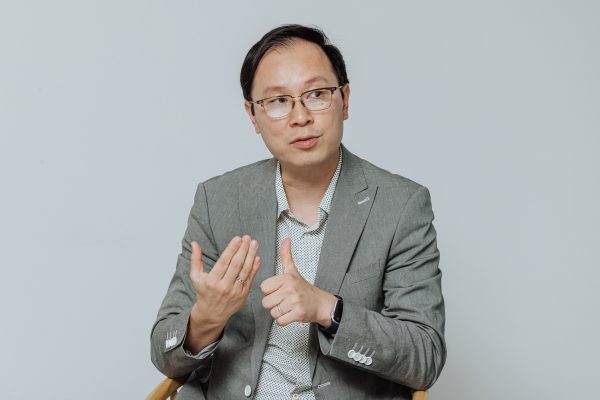
For Patrick, the greatest source of fulfilment in his work comes from seeing his solutions successfully implemented and making a tangible difference in urban life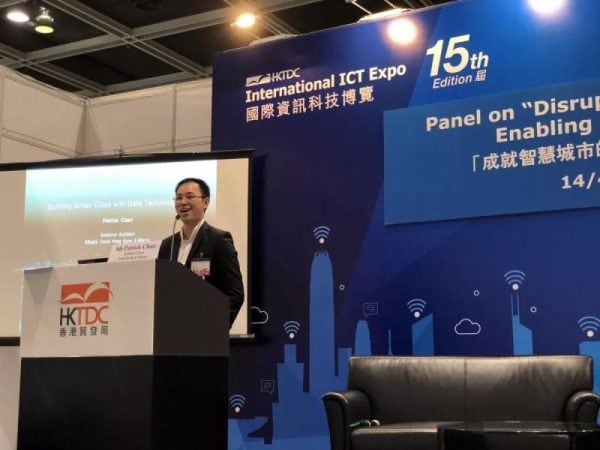
Patrick frequently takes part in smart city symposiums to exchange ideas with industry professionals. (Photo courtesy of the interviewee)Broadening business and management perspectives through Business School training
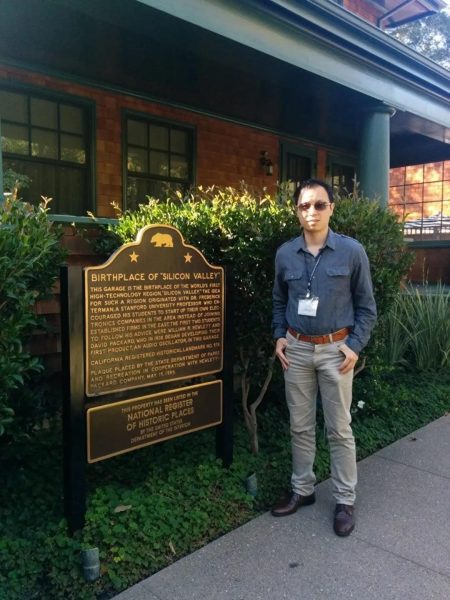
A trip to Silicon Valley during his studies gave Patrick a deeper understanding of the local start-up ecosystem. (Photo courtesy of the interviewee)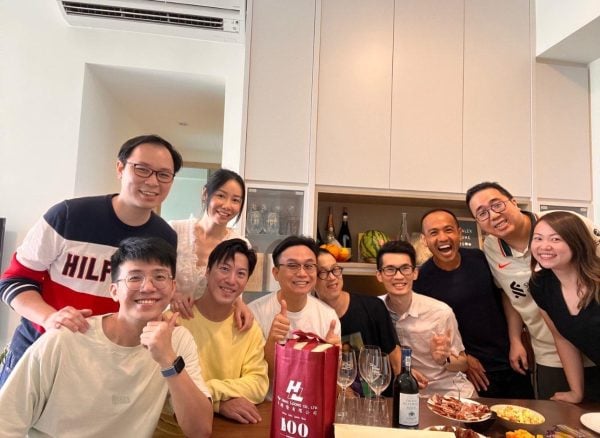
Patrick’s experience at Business School brought him more than knowledge; it also fostered valuable friendships. (Photo courtesy of the interviewee)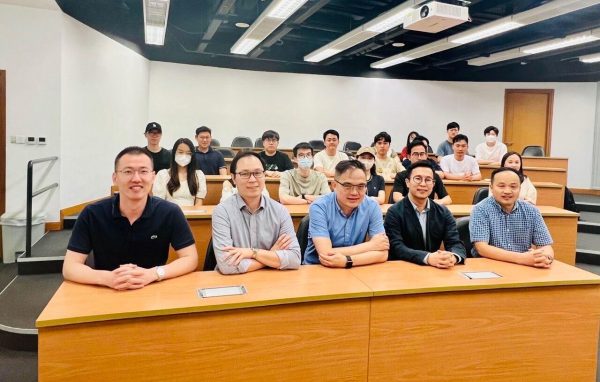
As an alumnus, Patrick (second from left) has returned to CUHK Business School to share his professional insights and experiences with current ITM students. (Photo courtesy of the interviewee)
